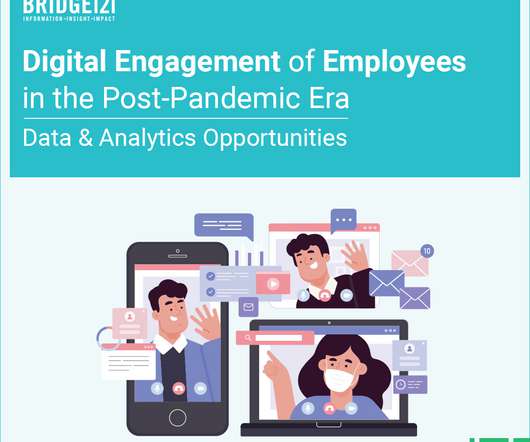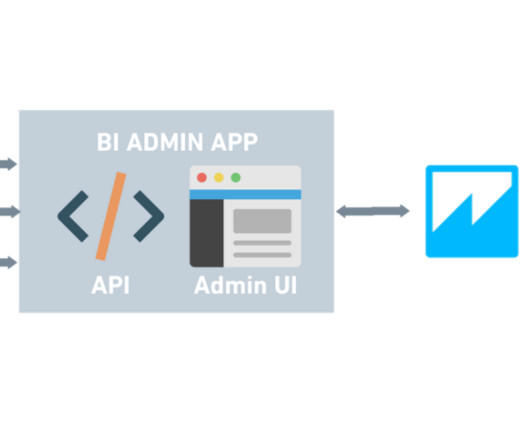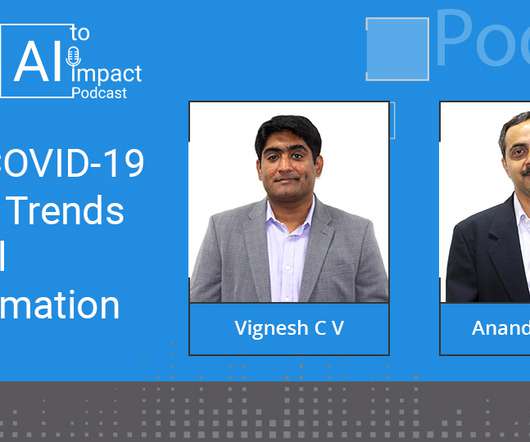Optimizing the Energy Sector with Data Analytics
Cloudera
DECEMBER 20, 2022
Effective use of data can have a direct impact on the cash flow of wind and solar generation companies in areas such as real-time decision making. With the right insights, energy production from renewable assets can be optimized and better predict the future of supply and demand. Towards a better customer experience.














Let's personalize your content